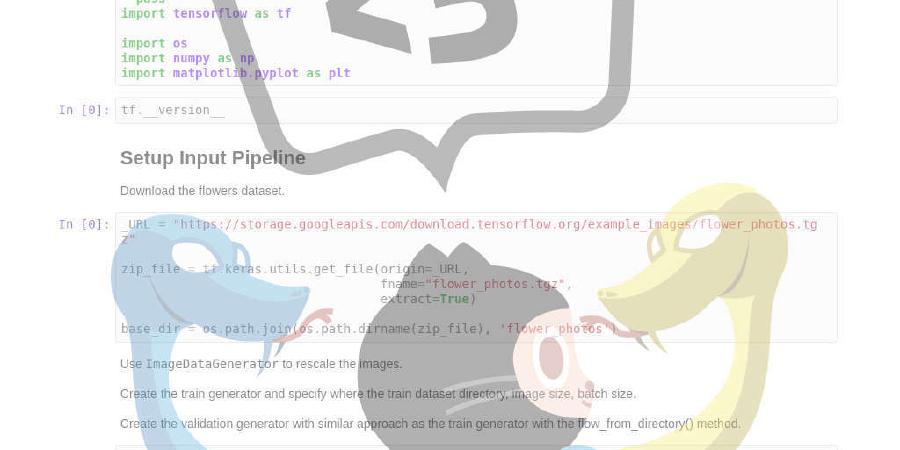imsnif/bandwhich

Terminal bandwidth utilization tool
| repo name | imsnif/bandwhich |
| repo link | https://github.com/imsnif/bandwhich |
| homepage | |
| language | Rust |
| size (curr.) | 4770 kB |
| stars (curr.) | 5175 |
| created | 2019-09-06 |
| license | MIT License |
bandwhich

This is a CLI utility for displaying current network utilization by process, connection and remote IP/hostname
How does it work?
bandwhich sniffs a given network interface and records IP packet size, cross referencing it with the /proc filesystem on linux or lsof on macOS. It is responsive to the terminal window size, displaying less info if there is no room for it. It will also attempt to resolve ips to their host name in the background using reverse DNS on a best effort basis.
Installation
Arch Linux
pacman -S bandwhich
Nix/NixOS
bandwhich is available in nixpkgs, and can be installed, for example, with nix-env:
nix-env -iA nixpkgs.bandwhich
Void Linux
xbps-install -S bandwhich
Fedora
bandwhich is available in COPR, and can be installed via DNF:
sudo dnf copr enable atim/bandwhich -y && sudo dnf install bandwhich
macOS
brew install bandwhich
Other Linux flavours
bandwhich can be installed using the Rust package manager, cargo. If it’s not in your distro repositories or the available version is too old, you can install it via rustup. You can find additional installation instructions here.
The minimum supported Rust version is 1.39.0.
cargo install bandwhich
This installs bandwhich to ~/.cargo/bin/bandwhich but you need root priviliges to run bandwhich. To fix that, there are a few options:
- Give the executable elevated permissions:
sudo setcap cap_sys_ptrace,cap_dac_read_search,cap_net_raw,cap_net_admin+ep $(which bandwhich) - Run
sudo ~/.cargo/bin/bandwhichinstead of justbandwhich - Create a symlink:
sudo ln -s ~/.cargo/bin/bandwhich /usr/local/bin/(or another path on root’s PATH) - Set root’s PATH to match your own:
sudo env "PATH=$PATH" bandwhich - Tell sudo to use your user’s environment variables:
sudo -E bandwhich - Pass the desired target directory to cargo:
sudo cargo install bandwhich --root /usr/local/bin/
Download a prebuilt binary
If you’re on linux, you could also get the generic binary from the releases.
Windows
Unfortunately, windows is not supported at the moment - if you’d like to contribute a windows port, it would be very much welcome.
Usage
USAGE:
bandwhich [FLAGS] [OPTIONS]
FLAGS:
-a, --addresses Show remote addresses table only
-c, --connections Show connections table only
-h, --help Prints help information
-n, --no-resolve Do not attempt to resolve IPs to their hostnames
-p, --processes Show processes table only
-r, --raw Machine friendlier output
-V, --version Prints version information
OPTIONS:
-i, --interface <interface> The network interface to listen on, eg. eth0
Note that since bandwhich sniffs network packets, it requires root privileges - so you might want to use it with (for example) sudo.
On Linux, you can give the bandwhich binary a permanent capability to use the required privileges, so that you don’t need to use sudo bandwhich anymore:
sudo setcap cap_sys_ptrace,cap_dac_read_search,cap_net_raw,cap_net_admin+ep `which bandwhich`
cap_sys_ptrace,cap_dac_read_search gives bandwhich capability to list /proc/<pid>/fd/ and resolve symlinks in that directory. It needs this capability to determine which opened port belongs to which process. cap_net_raw,cap_net_admin gives bandwhich capability to capture packets on your system.
raw_mode
bandwhich also supports an easier-to-parse mode that can be piped or redirected to a file. For example, try:
bandwhich --raw | grep firefox
Contributing
Contributions of any kind are very welcome. If you’d like a new feature (or found a bug), please open an issue or a PR.
To set up your development environment:
- Clone the project
cargo run, or if you prefercargo run -- -i <network interface name>(you can often find out the name withifconfigoriwconfig). You might need root privileges to run this application, so be sure to use (for example) sudo.
To run tests: cargo test
Note that at the moment the tests do not test the os layer (anything in the os folder).
If you are stuck, unsure about how to approach an issue or would like some guidance, you are welcome to contact: aram@poor.dev
License
MIT






